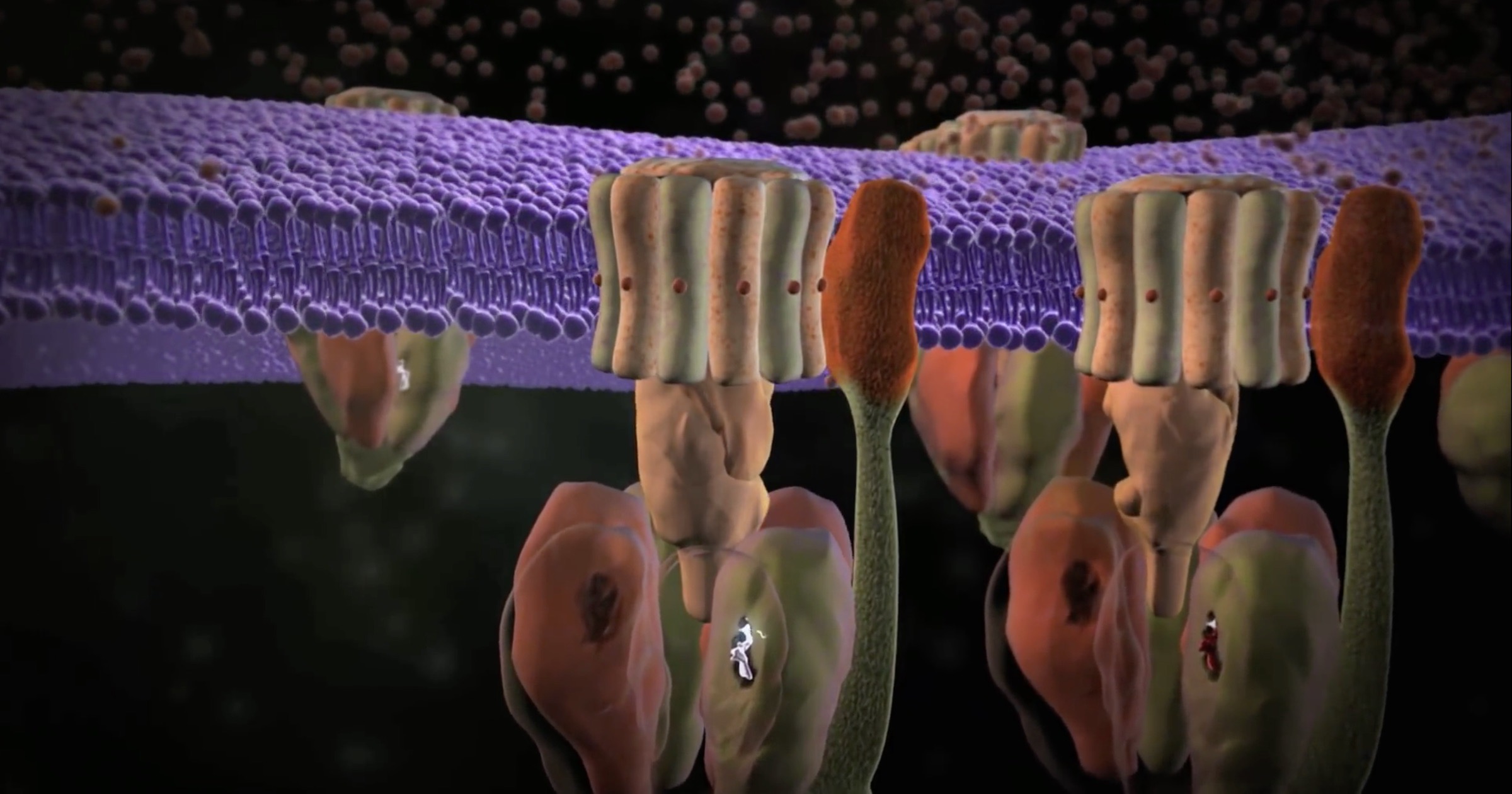 Evolution
Evolution
 Intelligent Design
Intelligent Design
No, Intelligent Design Doesn’t Reason by Analogy; Here’s Why

It’s time again to address some misunderstandings of intelligent design. First, is the inference to design in biology based on a mere analogy to other forms of design, by humans?
Let’s consider the question. To start, let’s ask: Why can we make this inference in the first place? It’s because natural systems contain the type of information and complexity that in our experience come only from intelligence. This is not merely an “analogy” but derives instead from the sequence-based specified complexity that we see in living systems (e.g., DNA), which is precisely the same, at the mathematical level, as we see in written language. Hubert Yockey makes this clear:`
It is important to understand that we are not reasoning by analogy. The sequence hypothesis [that the exact order of symbols records the information] applies directly to the protein and the genetic text as well as to written language and therefore the treatment is mathematically identical.
Hubert P. Yockey, “Self Organization Origin of Life Scenarios and Information Theory,” Journal of Theoretical Biology, Vol. 91:13-31 (1981).
So what we see in living systems has mathematical and informational properties that are identical to written language.
Aligned with Mainstream Science
We also see machines in living systems. That’s not to say that cells or living systems on the whole are “machines,” but they do contain machines. It’s not a stretch to say that calling these things a machine is more than an analogy — it’s an identity. This is because you see the same design logic in molecular machines within cells that you see in human-designed machines.
The classic example would be ATP synthase where you find a stator, a rotor, an energy source, and you are converting one form of energy into another (with ATP synthase you are converting the electrical potential of proton flow into mechanical energy and that mechanical energy is then converted into the chemical energy of ATP). You’d be hard pressed not to call these things machines, and the idea is not unaligned with mainstream science. As former President of the U.S. National Academy of Sciences Bruce Alberts stated:
The entire cell can be viewed as a factory that contains an elaborate network of interlocking assembly lines, each of which is composed of a set of large protein machines…. Why do we call the large protein assemblies that underlie cell function protein machines? Precisely because, like machines invented by humans to deal efficiently with the macroscopic world, these protein assemblies contain highly coordinated moving parts.
Bruce Alberts, “The Cell as a Collection of Protein Machines: Preparing the Next Generation of Molecular Biologists,” Cell, Vol. 92:291 (February 6, 1998).
Likewise, in 2000, Marco Piccolini wrote in Nature Reviews Molecular Cell Biology that “extraordinary biological machines realize the dream of the seventeenth-century scientists … that ‘machines will be eventually found not only unknown to us but also unimaginable by our mind.’” He notes that modern biological machines “surpass the expectations of the early life scientists.” (Marco Piccolino, “Biological machines: from mills to molecules,” Nature Reviews Molecular Cell Biology, Vol. 1:149-153 (November, 2000).)
So, is it just an analogy or is it an identity? Or perhaps both? When we look at the mathematics and physics behind what is going on, the similarities between biological machines and biological information and written language and human-designed machines go beyond mere analogy and become an identity. If it’s an identity then it’s more than just an analogy.
How Things Becomes Themselves
Other people (or sometimes the same people) label arguments for intelligent design as “theology” or “metaphysics.” Are they right?
Now science is in the business of explaining how things originate and form. This is done through the historical sciences. A historical science starts by observing causes at work in the world around us. Some of those causes include:
- Random mutation
- Natural selection
- Intelligent agency
We can observe each of these causes and understand the kind of information and complexity they are capable of generating. Because we have observation-based experience with these causes we know what they can and cannot do. Because we can observe, study, and understand the causal powers of these causes in real time, they are therefore proper subjects of scientific study and are causes that we can potentially invoke to explain things in nature. Full stop.
And here is what some of those observations reveal, in simple terms:
- Random mutation and/or natural selection does NOT generate high levels of complex and specified information.
- Intelligent agency DOES generate high levels of complex and specified information.
- Random mutation and/or natural selection does NOT generate machines.
- Intelligent agency DOES generate machines.
In all of our experience, high levels of complex and specified information and machines have only one known source: intelligence. We know that intelligence can produce these things due to our experience-based observations of intelligent agents in the world around us. Thus, we have empirical grounds for inferring that an intelligent cause was at work.
So, it’s true that some label these arguments metaphysics or theology, or call it a “distortion” to say this type of reasoning is science. But no, everything above is based on the methods of science. That’s all there is to it.
